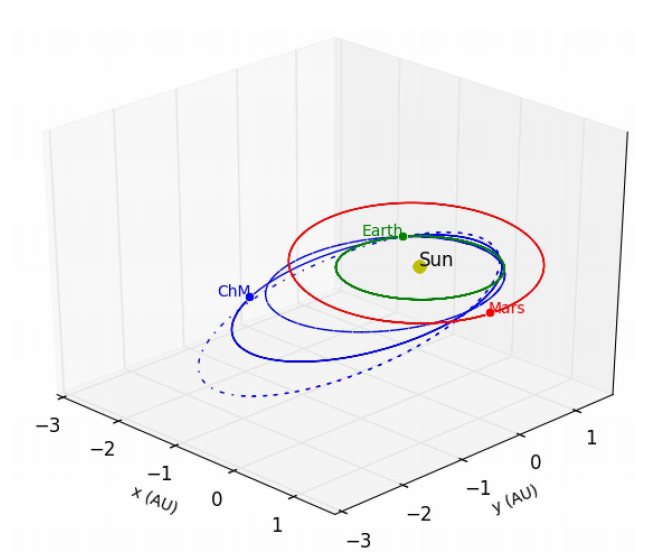- What ARPA-E Can’t Do
The Advanced Research Projects Agency for Energy is highly popular, but its impact so far has been minuscule.
At this week’s ARPA-E Energy Innovation Summit in Washington, D.C., politicians from both sides of the aisle, together with environmentalists and business leaders, will do something unusual—they’ll agree on something. They’ll all sing the praises of ARPA-E, the agency created in 2009 to fund the development of early stage energy technologies. But what could get lost in all the laudatory remarks is the fact that ARPA-E won’t solve our major energy challenges and can’t fulfill its mission alone.
- Astronomers Calculate Orbit of Chelyabinsk Meteorite
- Coal Demand Falls in the U.S., Rises Everywhere Else
Cheap natural gas means U.S. electricity producers are buying less coal. But the rest of the world is buying more.
A glut of cheap natural gas in the United States has recently led utilities to replace some coal-fired electricity generation with that from cleaner-burning gas. But while the domestic coal industry is down, the international market for U.S. coal—especially in Europe and Asia—is booming.
- Startup Engineers See-Through Solar Cells
A spectrally selective approach could let tablets, e-readers, and windows turn light into power.
Imagine a world where any surface could be coated with solar cells, converting sunlight and even the glow of light bulbs into small amounts of usable energy. This is the goal of a new startup called Ubiquitous Energy. The company hopes to develop affordable, transparent coatings and films that could harvest light energy when applied to windows or the screens of e-readers or tablet devices. One way to use the technology might be in electrochromic windows that turn from clear to dark when the sun is brightest.
Digest powered by RSS Digest


